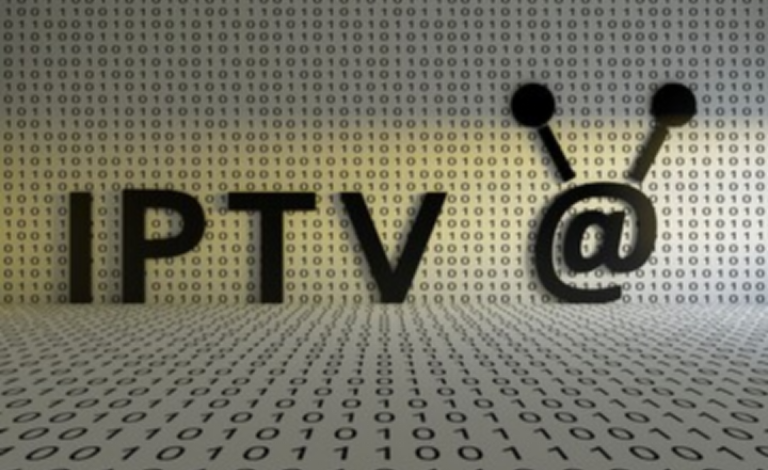An Extensive Look on Internet Protocol Television IPTV

Introduction:
More flexible and affordable solutions are needed now more than ever since typical cable TV bundles may cost anywhere from $80 to $120 a month due to escalating costs. Over the last ten years, people have been dissatisfied with cable rates, which has led them to search for innovative alternatives. FUTURE IPTV has emerged as a leader in this revolutionary movement. This article aims to provide a comprehensive review of IPTV by examining its principles, mechanisms, and the significant transformation it has brought about in the home entertainment industry.
The Problem with Cables:
In the last 10 years, people have been arguing about how expensive cable subscriptions are, which has caused them to search for less expensive choices. People are become more fascinated with FUTURE IPTV as their cable bills continue to hover around $100, realising that they can watch their favorite networks and programmed without being constrained by exorbitant cable prices.
Growth of IPTV:
As a result of the “cut the cord” campaign, IPTV has seen tremendous growth. This approach encourages abandoning conventional cable installations in favor of more straightforward and affordable ones. But as more businesses launch their own streaming services, the industry has become oversaturated with alternatives, forcing Over-The-Top (OTT) customers to battle with an excess of material.
Deciphering IPTV:
The first and most important question remains, “What is IPTV?” A relatively new technology called Internet Protocol Television, or FUTURE IPTV, enables users to stream material directly from content owner servers to their devices. Because IPTV eliminates the need for satellite dishes, it provides users with a more streamlined and straightforward viewing experience than conventional cable.
The IPTV Experience:
Take into account services like Sling TV, which imitate the previous cable subscription model by letting users choose the channels they choose to view on their own. The absence of satellite dishes is remarkable since it deviates greatly from the conventional cable configuration. In order to entice potential clients, a lot of IPTV companies provide free trials. Users may peruse the wide range of channels available at these times and experience firsthand the flexibility and customization that Lista FUTURE IPTV provides.
Adaptability at its Foundation: One of IPTV’s primary benefits is its adaptability. Unlike typical cable packages, which are location-specific, IPTV customers may access their streaming service from anywhere in the globe as long as they have an internet connection. IPTV provides users with unparalleled control over their watching experience due to its adaptability and content selection possibilities, which makes it an appealing solution for those with busy schedules.
The Inner Workings of IPTV:
What enables IPTV to do this? IPTV streams material straight from the servers of content owners to the devices that consumers have designated. In order to facilitate smoother streaming, content is often compressed while taking file size and bandwidth constraints into account. In order to ensure that the chosen material is sent to the user’s device in a format that corresponds with its output resolution, transcoding is an essential step in this process.
Transcoding Explained:
Transcoding is the transformation process that modifies a file’s type and resolution to ensure optimal display on all devices. This feature makes it possible to easily upgrade a low-quality video to a better resolution, which enhances the viewing experience for customers across several devices.
Legal Environment and IPTV:
While IPTV is a fully legal technology, there are concerns about the emergence of unlicensed IPTV companies. Some charge far less for material that is on par with popular cable networks and streaming services. Legal issues arise since these vendors usually lack the authorization to publish or distribute the information. Viewers are advised to do thorough research before committing to any IPTV service in order to avoid any possible legal concerns with internet service providers or copyright holders.
Final Words:
Unquestionably, IPTV has changed the constantly evolving home entertainment landscape. The number of cable TV customers is declining even if the service is still available. The simplicity of a little IPTV box that can be attached to a TV’s HDMI connection has replaced the days of having an expensive subscription in order to view certain programming. FUTURE IPTV services may not be to everyone’s taste, but those who use them will reap many rewards, such as a vast array of content options and significant cost savings. With the previously unimaginable demise of cable TV, a new age of personalized, flexible, and reasonably priced home entertainment has begun.



